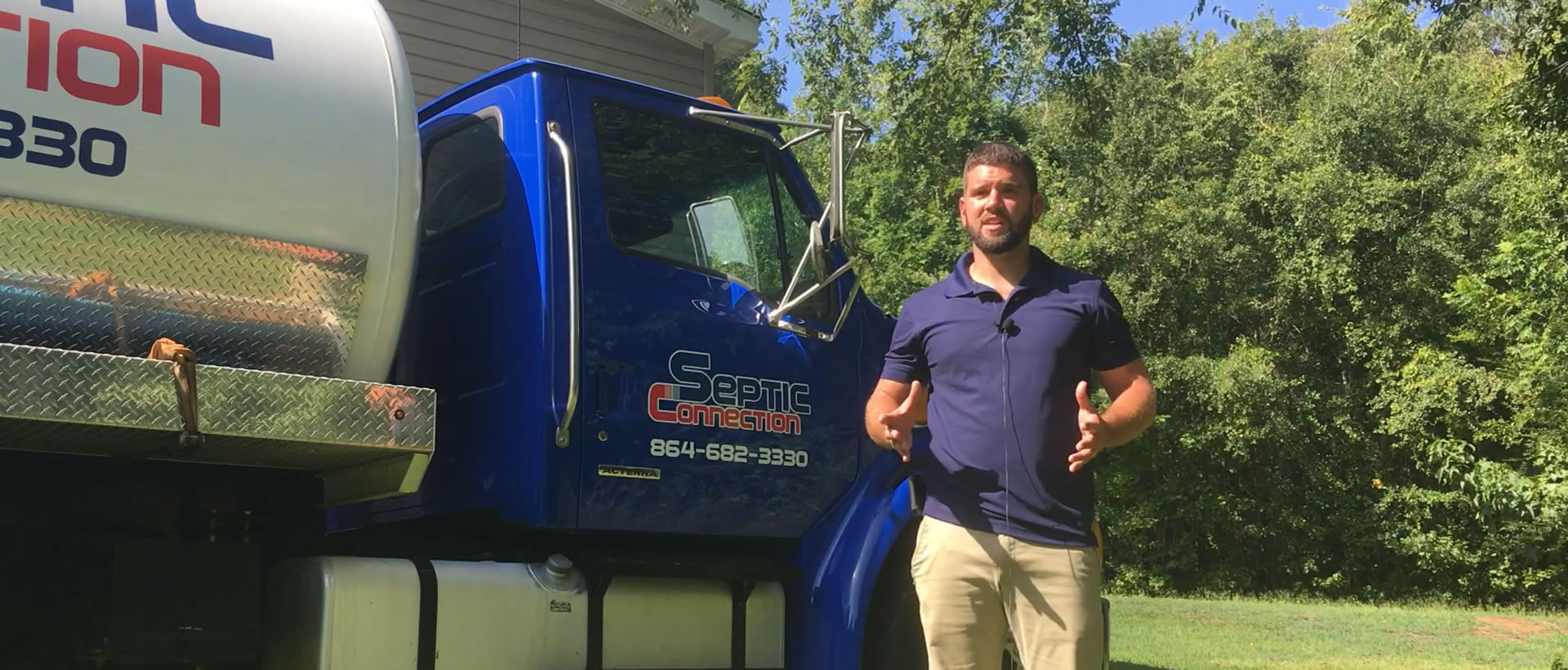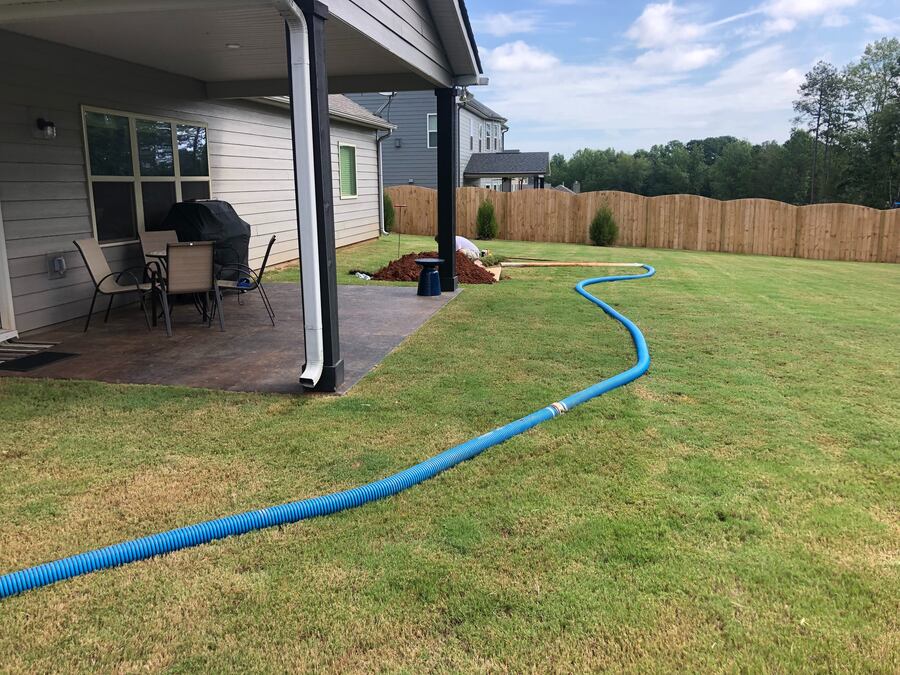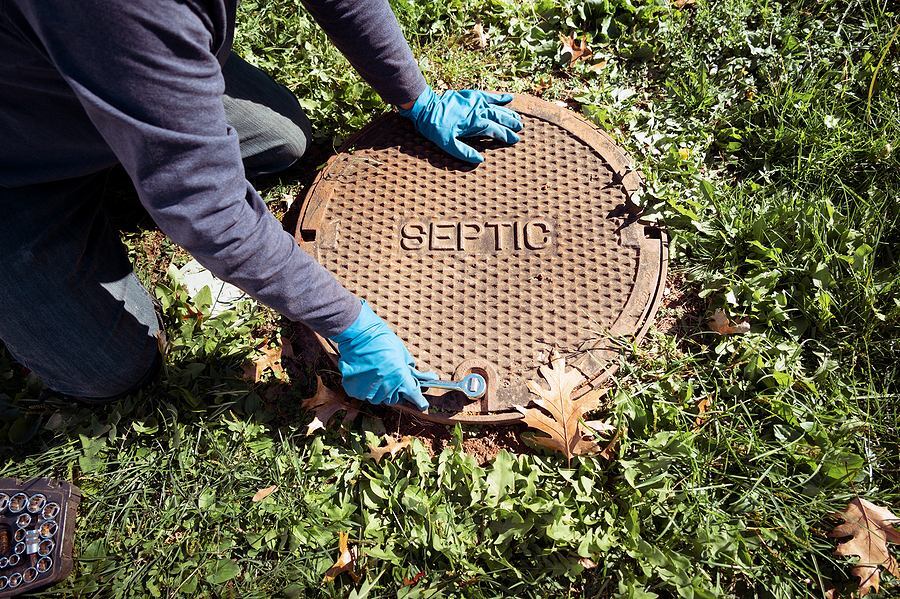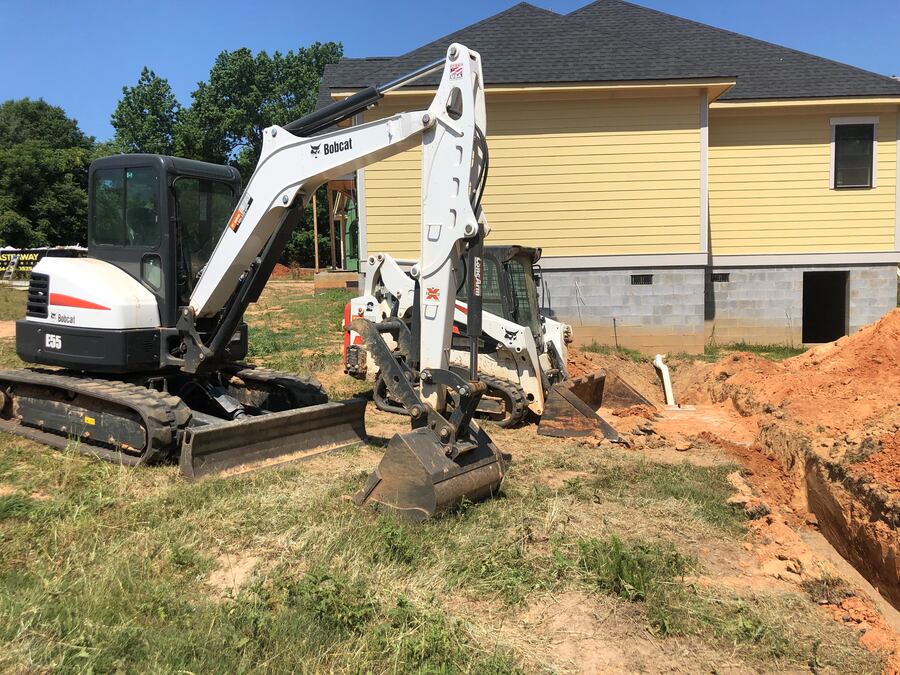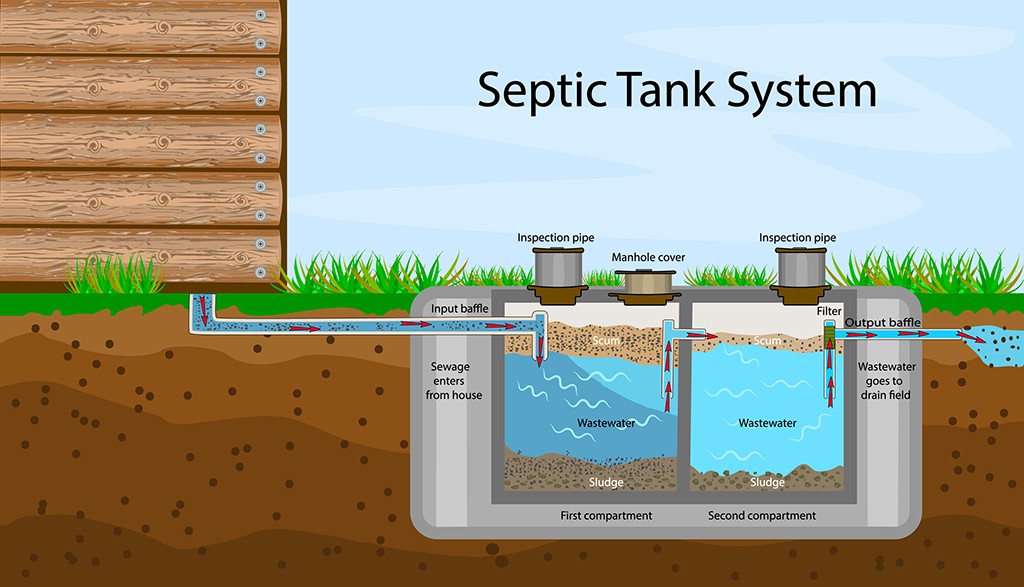
What You Should Do Before Replacing an Old Septic Tank
Municipal sewer lines are vital in urban or congested areas, taking wastewater from buildings to treatment plants. However, people living in rural or suburb areas aren’t connected to a municipal line, and that’s where septic systems come in to ease waste management. Even after a successful septic tank installation, frequent use, delayed maintenance, age, and natural factors can cause wear, resulting in a replacement. Septic Connection understands the vital role of an onsite wastewater treatment system, and provides comprehensive services, from installation and repairs to routine septic tank pumping and upgrades, ensuring optimum efficiency. Here’s what you should know before replacing an old septic tank.
Assess the Condition of Your Current Unit
Before getting rid of your old tank, it’s essential to determine whether a replacement is the best course of action. Sometimes, what seems like a failing system may only require minor septic tank repair and maintenance. Contact a septic company in Greenville, SC to inspect, diagnose, and fix your system. Professionals will check for signs of cracks, leaks, or blockages and can advise whether repairs are possible or if a full replacement is needed. This initial assessment can save you time and money in the long run, especially if a timely upgrade is necessary.
Check Local Regulations and Permits
Replacing a septic tank is more than just swapping out the old for the new. There are local regulations and permits you must follow before starting any work. Reach out to your local health department or septic company to understand the specific rules in your area. Many jurisdictions require a permit for septic tank installation or replacement, and failing to get the required approvals can cause costly fines or project delays. In addition, some areas have specific requirements regarding the size, type, and placement of septic tanks.
Conduct a Soil Test
Another vital factor to consider before a septic tank installation is conducting a soil or percolation test. This test measures how well the soil absorbs water, which directly affects the efficiency of your wastewater treatment system. The results of the soil test will help determine the best location for your new unit and ensure that the ground conditions are suitable for proper drainage. Sometimes, poor soil conditions may require additional work, such as installing a special drain field or using an alternative system design, preventing inefficiencies and costly septic tank repair calls.
Size and Type of Septic Tank
Not all septic tanks are equal. Before replacing your old tank, evaluate the size and type of tank that suits your household’s needs. Consider factors such as the number of people in your household, water usage habits, and the various appliances connected to the septic system. A professional can help you choose an appropriately sized unit without risking frequent septic tank pumping or repair in Five Forks, SC sessions. Also, explore different materials, such as concrete, fiberglass, or plastic, ensuring you find one that aligns with your budget and long-term goals.
Plan for the Excavation Process
Replacing a septic tank usually involves significant excavation, which can disrupt your property. Before breaking ground, plan for the excavation process. Identify the areas of your yard that will be affected and mark underground utilities, clear debris, and ensure access for heavy equipment. Consider how the excavation will affect your landscaping and access to routine maintenance, like septic tank cleaning.
Replacing an old septic tank is a complex project that requires planning and preparation. By following these helpful tips, you can enjoy a seamless replacement process. Contact us at Septic Connection and schedule a consultation to ensure your new system operates efficiently for years. We provide comprehensive services, including septic tank cleaning, so you can enjoy optimum functionality and safety.
 How it works
How it works
